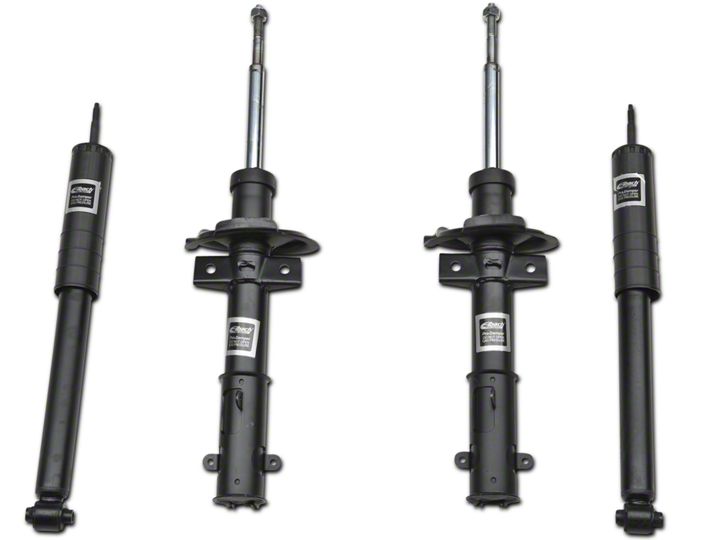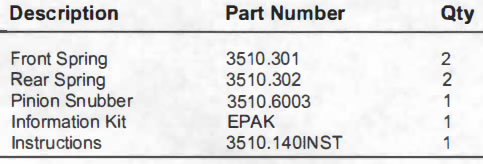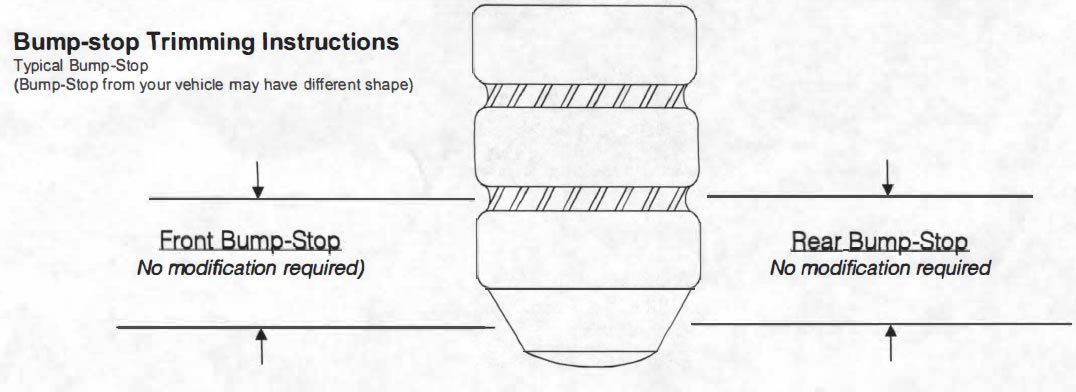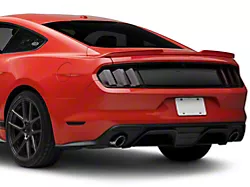
Best Sellers
How to Install a Eibach Pro-Damper Shock & Struts on your 2005-2010 Mustang

Shop Parts in this Guide
Installation
Pro-Kit # 3510.140
1979-1993 Ford Mustang Coupe, Fox, V8, Exc. Convertible
1994-2004 Ford Mustang Coupe, SN95, 4.6U5.0L V8, Exc. IRS and Convertible
2003-2004 Ford Mustang Mach 1 Coupe, SN95
(See the Eibach Catalog for the complete list of applications)

NOTES: Read All Instructions Before Beginning Installation
- Installation of a Pro-Kit Spring set should only be performed by a qualified mechanic experienced in the installation and removal of suspension springs,
- Use of a hoist is highly recommended and will substantially reduce installation time.
- Never work on or under a vehicle unless it is properly supported by safety stands and wheels are blocked.
- Pro-Kit Springs are marked with an 001 and an 002 (located at the end of the part number) designating front and rear springs.
- Pro-Kit Springs should be installed with the Eibach Logo right side up. All original stock spring isolators, dampers and tubing should be retained from the stock springs and used when installing the Pro-Kit Springs.
- After installation, it is always important to inspect and adjust the following if necessary:
- Wheel alignment such as camber, caster & ioe.
- Tire and/or wheel fender clearance.
- Brake line clearance and attachments.
- Brake anti-locking and anti-skid system sensors.
- Tire Rotation: In order to increase the life of your tires, it is recommended to rotate your tires every 3,000 miles.
ALIGNMENT: After installation, it will be necessary to perform a full vehicle alignment using factory specifications.
Note: During installation of the Eibach rear springs it is extremely important that all bushing related pivot points be retorqued with the full weight of the vehicle on the suspension, this is done to prevent "bushing pre-load". This is easiest with the vehicle on a drive on type of hoist. If this is not done, bushing damage and un-even lowering may result.















